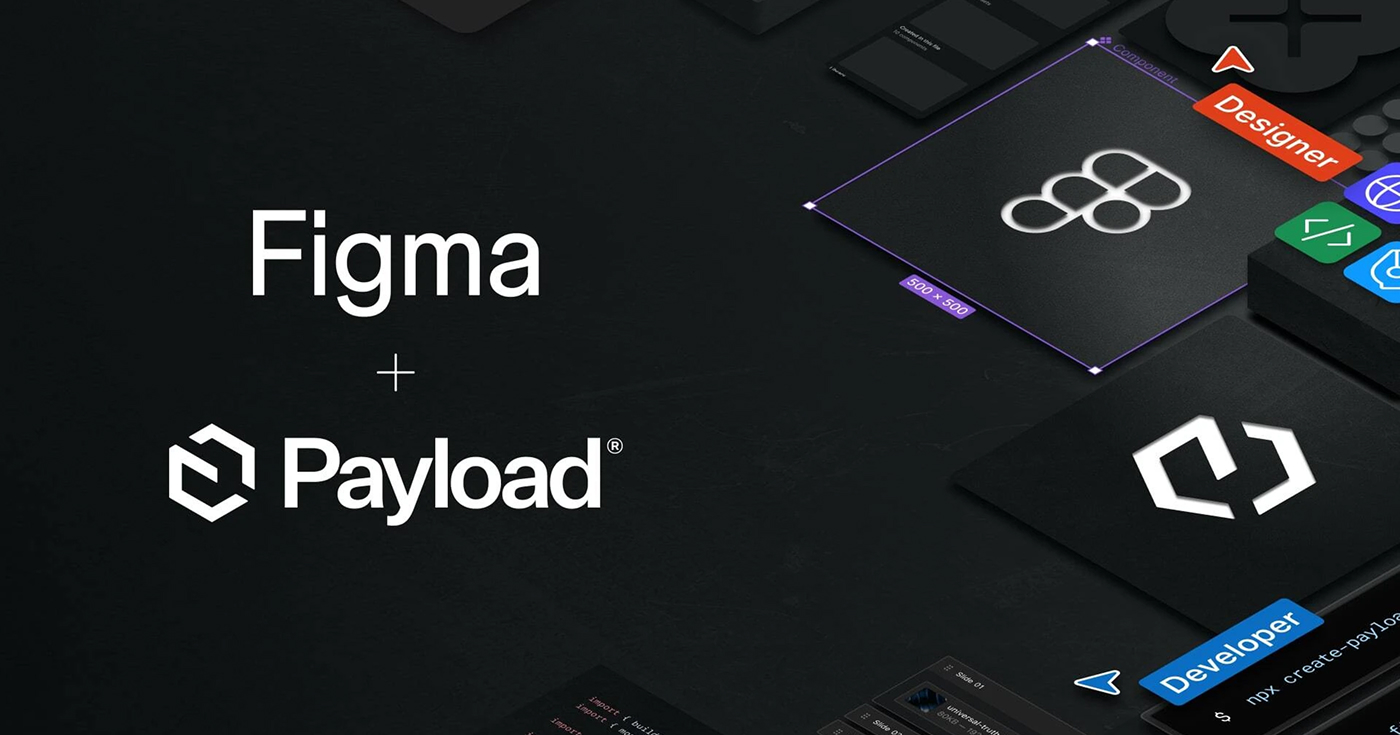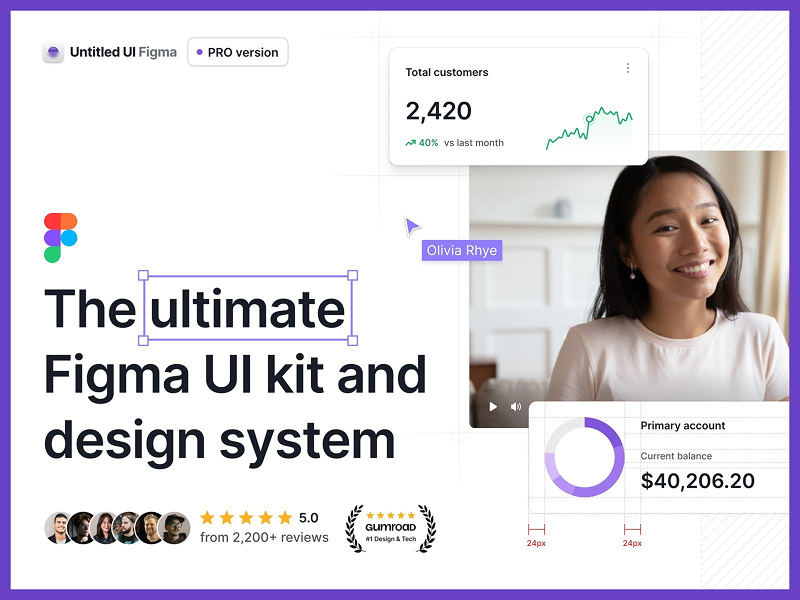By bringing the open-source, developer‑loved Payload team in‑house, Figma is turning “design → dev hand‑off” into a single, loop‑free workflow.
Expect real‑data prototypes inside Figma, a headless CMS baked into Figma Sites, and—if the roadmap plays out—an end‑to‑end alternative to Webflow, Framer, and even parts of WordPress.
Designers who understand both interface and content architecture will be first in line for the new opportunities.

What Just Happened
- The deal. Figma announced on 17 June 2025 that the entire Payload team is joining the company, with no immediate change to the MIT‑licensed repo or self‑hosting options.
- Why Payload? – Payload offers a code‑first schema, React admin, and API layer that plugs neatly into the still‑beta Figma Sites product revealed at Config 2025.
- Open‑source stays open. Maintainers confirmed in a GitHub discussion that the repo will remain MIT and community‑driven.
Why Designers Should Care
- Live content in prototypes. Design components can map 1‑to‑1 with Payload collections, letting you pull real copy and images instead of lorem‑ipsum (see Payload’s vision post).
- Fewer “lost in translation” moments. Devs model content in code, designers lay it out in Figma, and both sides look at the same data source (RedMonk analysis).
- Stay in control after launch. Once Sites + Payload ship, marketers or designers can update copy without pinging engineering (Builder.io breakdown).
Near‑Term Impact (Next 6‑12 Months)
| What to watch | Why it matters | Source |
|---|---|---|
| Private beta of Figma CMS | Hooks your file’s component IDs to Payload collections + one‑click deploy | Figma Config recap |
| Learning curve around content schemas | Designers will need to grok “collections”, “blocks”, and relational data | Medium write‑up |
| IPO context | A cleaner, full‑stack story bolsters Figma’s S‑1 narrative | TechCrunch |
| AI‑powered code/linking | CEO Dylan Field hinted at deeper AI models that can wire up design + backend automatically | The Verge interview |
Longer‑Term Possibilities
- Schema‑sync from design. Rename a component, and the CMS auto‑refactors its field names.
- Multi‑tenant app backends. Payload’s multi‑site mode could power SaaS dashboards designed directly in Figma, reducing the need for a separate BaaS.
- Marketplace gravity. Expect paid templates that bundle Figma files and pre‑configured Payload schemas.
Practical Next Steps for Designers
- Spin up a local Payload instance (
npx create-payload-app) and model your current marketing site. - Map your design tokens to Payload fields—start with hero blocks and CTAs.
- Join the Discords (Payload + Figma Sites) to get into the CMS beta early.
- Educate stakeholders now: show them how a headless CMS inside Figma kills duplicate content spreadsheets.
- Keep an exit plan: mirror your repo and content dumps so you’re not locked in if Figma’s strategy shifts.
Bottom line: This isn’t a random acqui‑hire. It’s Figma’s clearest signal yet that pixel‑perfect mockups, structured content, and production code are converging.
If you can speak both “Design System” and “Content Schema,” the next wave of tools is being built for you.
Featured image credit: Payload.




